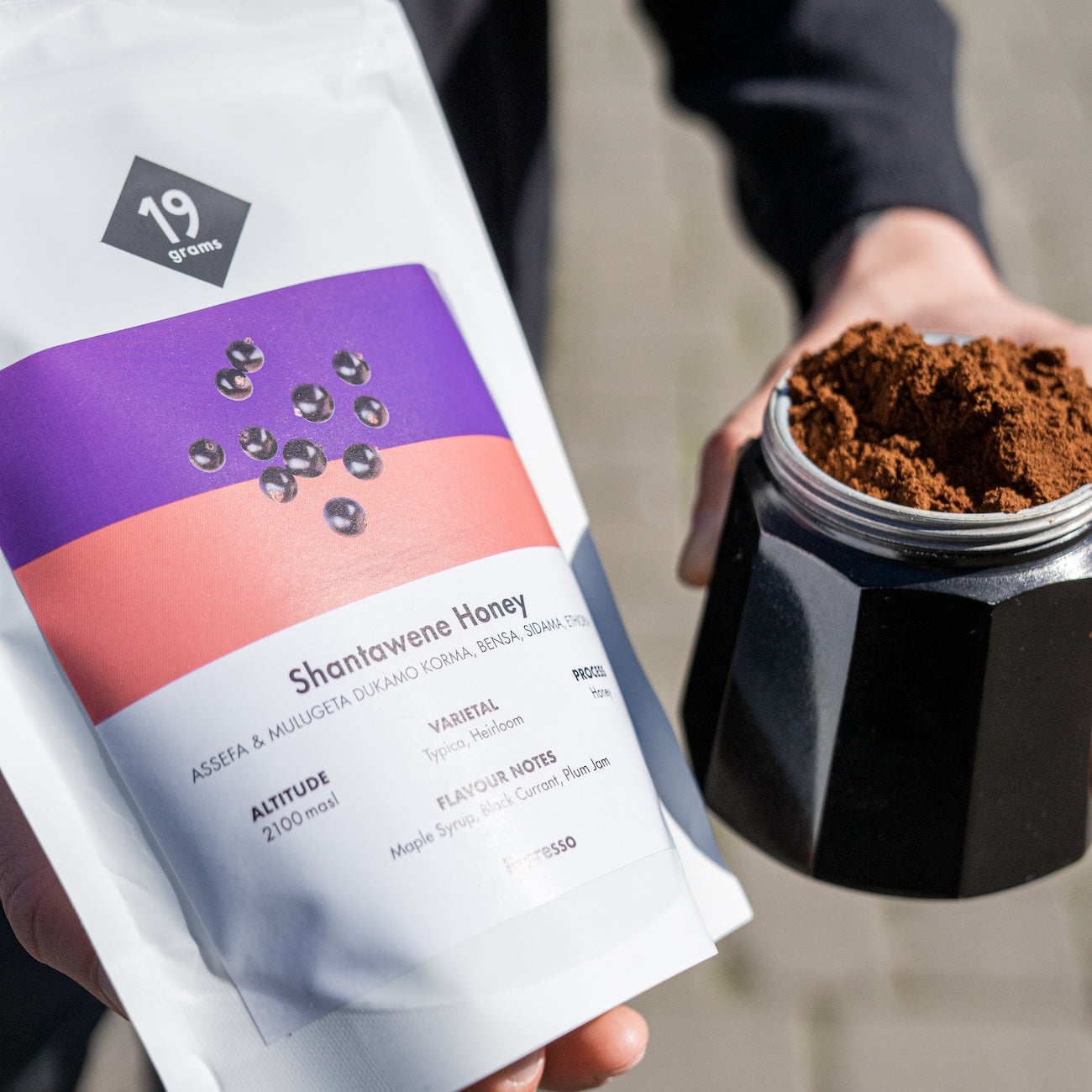Caffeic acid is a secondary plant substance that belongs to the class of phenolic acids. It has the chemical name 3,4-dihydroxycinnamic acid. Caffeic acid is found in various plants, including coffee. When we speak of the acids of coffee, we mean the totality of these acids, with free caffeic acid making up only a small proportion. More common, for example, are chlorogenic acids, which are found not only in coffee but also in many fruits, vegetables and grains. Caffeic acid and the related ferulic acid are important components of the chlorogenic acids found in coffee and also in potatoes and act as antioxidants. Overall, caffeic acid, along with ferulic acid, is one of the most abundant phytochemicals found in human food.
A cup of medium roast coffee contains about 19-22 micrograms of free caffeic acid, which corresponds to about 2.7 mg/kg of coffee. A much larger proportion (at least 10 times that amount) is present as a component of chlorogenic acids and melanoidins (complex coffee pigments) in the coffee beverage. However, the exact values vary depending on the type of coffee and the degree of roasting of the coffee beans.
Much of the caffeic acid in coffee beans is not present in free form, but as a component of chlorogenic acids. During the roasting process, these acids are broken down by the heat, creating various new compounds, including some of the coffee's aromatic substances. The darker the coffee is roasted, the more acids in total are broken down.






